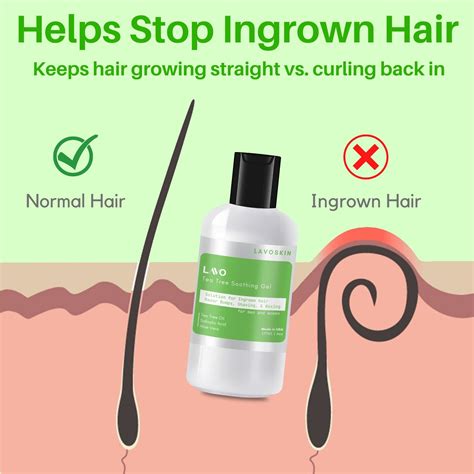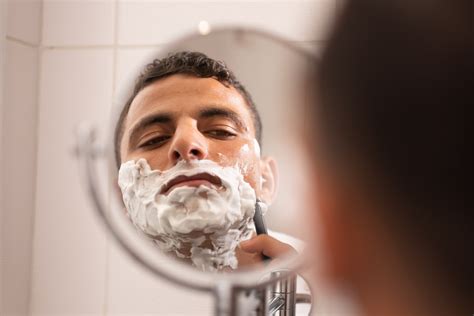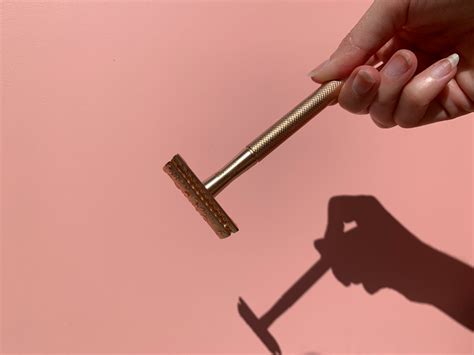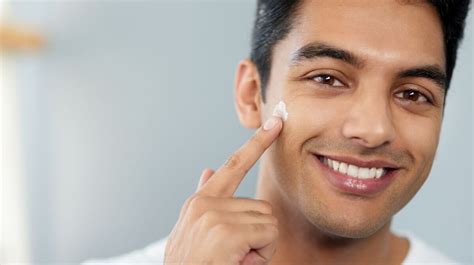How to eliminate razor burn & ingrown hairs for a smooth, peak-performance shave?

Achieving a consistently smooth, irritation-free shave can often feel like a battle against two common foes: razor burn and ingrown hairs. These unwelcome post-shave visitors can turn a simple grooming ritual into a painful ordeal, preventing you from looking and feeling your best. But what if there was a way to conquer them, ensuring every shave is a step towards peak skin performance? The good news is, there is. By understanding the root causes and implementing a few crucial steps into your grooming routine, you can eliminate these nuisances and enjoy the comfort of a truly superior shave.
Understanding the Enemy: Razor Burn and Ingrown Hairs
Before we can defeat them, we must first understand our adversaries. Razor burn manifests as redness, itching, stinging, and sometimes bumps that appear immediately or soon after shaving. It’s typically caused by a dull blade, shaving against the grain, excessive pressure, or dry shaving.
Ingrown hairs, on the other hand, occur when a shaved hair curls back into the skin and grows inwards, leading to red, inflamed, and often painful bumps that can resemble pimples. They are more common in people with curly hair and are often a result of improper shaving technique, such as pulling the skin taut or shaving too close.

The Foundation: Impeccable Pre-Shave Preparation
A great shave begins long before the blade touches your skin. Proper preparation is the most critical step in preventing irritation and ensuring a smooth glide.
- Exfoliate Gently: 1-2 times a week, use a mild facial scrub or a chemical exfoliant (like one with salicylic acid) to remove dead skin cells and lift trapped hairs. This helps prevent hairs from getting caught under the surface.
- Warm Water & Steam: Shave after or during a warm shower. The warm water and steam open up your pores and soften your hair follicles, making the hairs easier to cut and reducing resistance against the blade.
- Apply Pre-Shave Oil: A quality pre-shave oil creates a protective barrier between your skin and the blade, providing extra lubrication and further softening the hair. This reduces friction and minimizes the chances of irritation.
Mastering the Shave: Technique and Tools Matter
The act of shaving itself is where many common mistakes are made. Precision and mindfulness are key.
- Sharp, Clean Blade: This cannot be stressed enough. A dull blade drags, pulls, and causes micro-tears in the skin, leading to razor burn. Change your razor blade every 5-7 shaves, or more frequently if you have thick hair. Always rinse your blade thoroughly after each stroke to clear away hair and shaving cream.
- Quality Shaving Cream/Gel: Ditch the cheap foams. Invest in a rich, lubricating shaving cream or gel that creates a thick lather. This helps lift the hairs, provides a cushion for the blade, and keeps your skin hydrated throughout the shave.
- Shave With the Grain (Initially): For most people, shaving with the grain (in the direction your hair grows) for the first pass is crucial. This minimizes irritation significantly. If you need a closer shave, you can do a second pass across the grain, but never directly against it if you’re prone to irritation.
- Light Pressure: Let the razor do the work. Pressing too hard pulls the skin and hair, leading to cuts and irritation. Use short, light strokes.
- Rinse Frequently: Rinse your razor blade under hot water after every 1-2 strokes to keep it clean and prevent clogging, ensuring optimal performance.

Post-Shave Sanctuary: Soothe, Hydrate, and Protect
Your work isn’t done once the last hair is cut. Post-shave care is vital for calming the skin and preventing issues.
- Rinse with Cold Water: A splash of cold water helps to close your pores and soothe the skin, reducing redness and inflammation.
- Apply an Alcohol-Free Aftershave Balm: Avoid aftershaves with high alcohol content, as they can dry out and irritate the skin. Opt for a soothing, hydrating balm containing ingredients like aloe vera, witch hazel, or chamomile to calm and replenish moisture.
- Moisturize: Even if your aftershave is hydrating, a separate non-comedogenic facial moisturizer will lock in hydration and support skin barrier health.
- Treat Ingrown Hairs: If an ingrown hair appears, avoid picking at it. Instead, use a warm compress to help bring it to the surface, and apply a targeted treatment with salicylic acid or glycolic acid to gently exfoliate and free the trapped hair.

Long-Term Strategies for Lasting Smoothness
Consistency and awareness are your best allies in maintaining a smooth, healthy complexion.
- Regular Blade Replacement: As mentioned, don’t stretch the life of your blade. It’s a small investment for significant comfort.
- Clean Your Equipment: Store your razor in a clean, dry place to prevent bacterial growth.
- Give Your Skin a Break: If you’re highly prone to irritation, consider taking a day off from shaving when possible, allowing your skin to recover.
- Consider Alternatives: For some, switching to an electric shaver, a single-blade safety razor, or even exploring laser hair reduction might be the ultimate solution if traditional shaving continues to be problematic.

Embrace the Perfect Shave
Eliminating razor burn and ingrown hairs isn’t about magic; it’s about adopting a mindful and consistent grooming routine. By investing in quality products, perfecting your technique, and prioritizing pre and post-shave care, you can transform your shaving experience. Say goodbye to irritation and hello to a remarkably smooth, comfortable, and peak-performance shave every time. Your skin will thank you.








